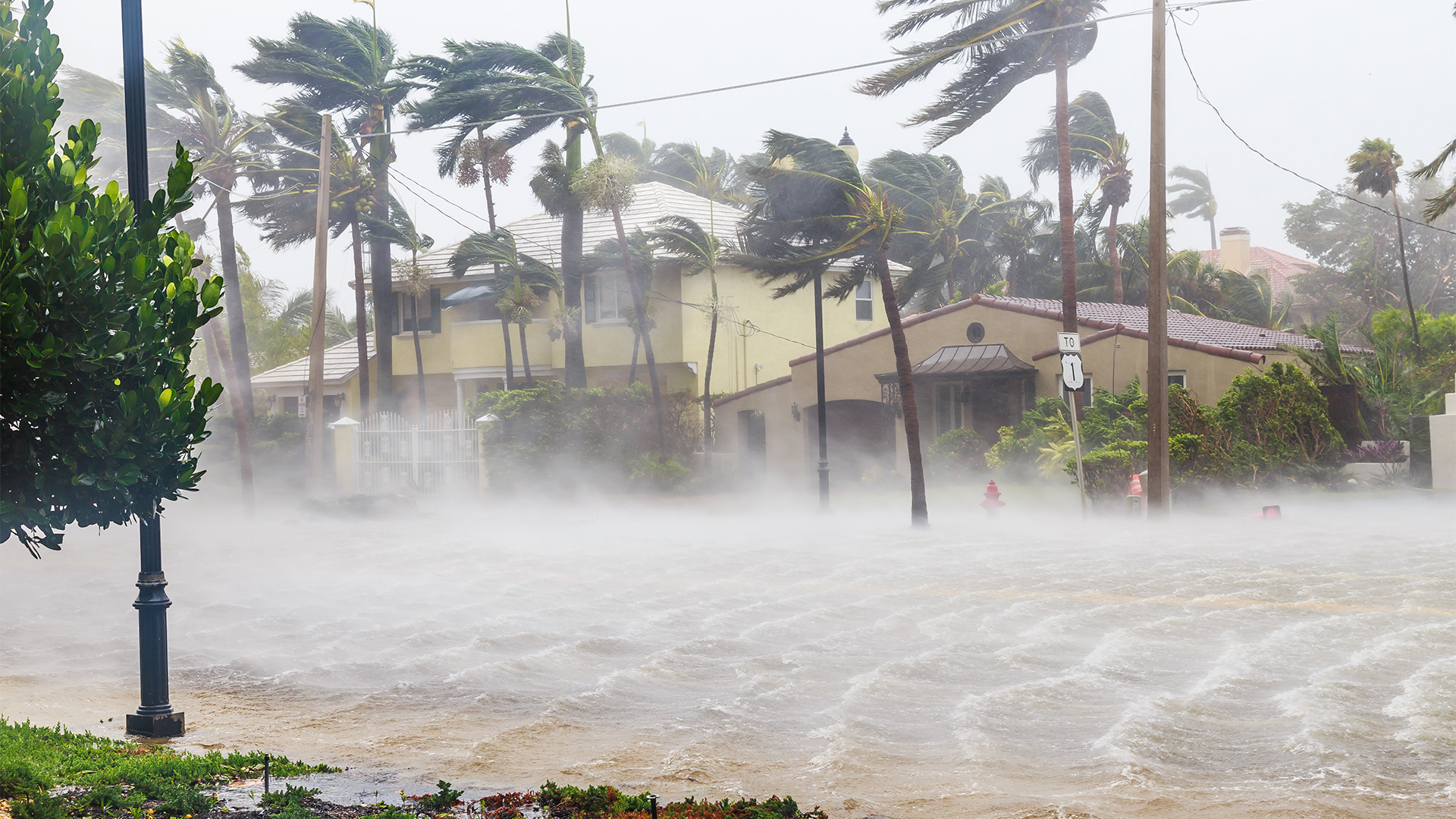
Hurricane Ian is now a tropical storm, but estimates for the storm’s Florida landfall included a million-plus homes at risk for damage, with overall damages and losses expected to top $67 billion, according to Bloomberg. This fifth-strongest hurricane to hit the United States came a year after Hurricane Ida hit Louisiana at an eventual cost of about $75 billion. Ida, with the likes of massive flooding in Europe led to – as reported at MarketWatch – $329 billion in economic losses linked to severe weather globally in 2021. Just 38 percent of that loss was covered by insurance.
The numbers reflect the rising stakes for risk modelers, says University of Maryland Robert H. Smith School professor of the practice Clifford Rossi.
Extreme events, like Ian, tend to confound these practitioners “partly because of their rarity and lack of reliable data – but also due to their potential for high losses and their nonfinancial nature, he writes in his recent CRO Outlook column for the Global Association of Risk Professionals (GARP). Subsequently, “risk executives are asking themselves, ‘what can we do to arm ourselves with tractable and reasonable approaches to incorporating these events into financial risk models?”
Some answers are in a new white paper by Rossi with UMD Adjunct Research Professor Robert Brammer and Matthew Lightwood, director of risk solutions for Conning – the study’s sponsor. (The authors discussed the findings with Smith Center for Financial Policy Director and Bank of America Professor of Finance Russell Wermers in a recent “Quantifying the Financial Impacts of Climate Change” webinar. A playback of the discussion is forthcoming at CFP’s The Second Objective Function Series homepage.)
Rossi and his co-authors say solutions begin with separating the impacts of extreme events into direct effects (on an individual obligor and-or the underlying loan collateral) and indirect effects (on markets and the economy that can create global shocks that translate into significant credit risk exposure).
From this separation they describe multiple approaches to modeling - including:
Signal Processing Theory. Applicable in three parts, this approach examines (1) the magnitude of credit loss and rate of change over time, plus (2) duration of an extreme event’s impact on loss and (3) the variability – i.e., the uncertainty of an extreme event’s impact on loss.
Extreme Event Risk Function (EERF) for estimating damage. Rossi explains: “The vast majority of credit models in banking are statistical, based on developing relationships of various financial risk and macroeconomic factors – as well as credit risk derived from historical data. Most credit models feature macroeconomic data, alongside obligor-specific information. This provides a critical linkage between the risks an extreme event poses on the economy, society and financial loss.
Dynamic Integrated Climate-Economy (DICE), an integrated assessment model and renowned damage function tool. It establishes the globally averaged temperature change as the risk driver of economic damages (the outcome variable of interest). “Despite the fact that economists have for years, identified and debated several limitations with the assumptions and estimates associated with these damage functions,” Rossi says, “they remain a mainstay of climate modeling – and are expected to improve over time.” He adds, “making the damage function stochastic, for example, allows modeling teams to explore a multitude of damage outcomes, rather than rely on a single expected value.”
In the bigger picture, Rossi says, “whether we’re talking about the pandemic or geopolitical unrest or the supply-chain crisis or extreme weather events (like the Great Western and European droughts), these extraordinarily challenging events have lately become the norm. All of these incidents, moreover, pose significant destabilizing risk to global markets, as well as to the health and general welfare of civilization.”
Media Contact
Greg Muraski
Media Relations Manager
301-405-5283
301-892-0973 Mobile
gmuraski@umd.edu
Get Smith Brain Trust Delivered To Your Inbox Every Week
Business moves fast in the 21st century. Stay one step ahead with bite-sized business insights from the Smith School's world-class faculty.